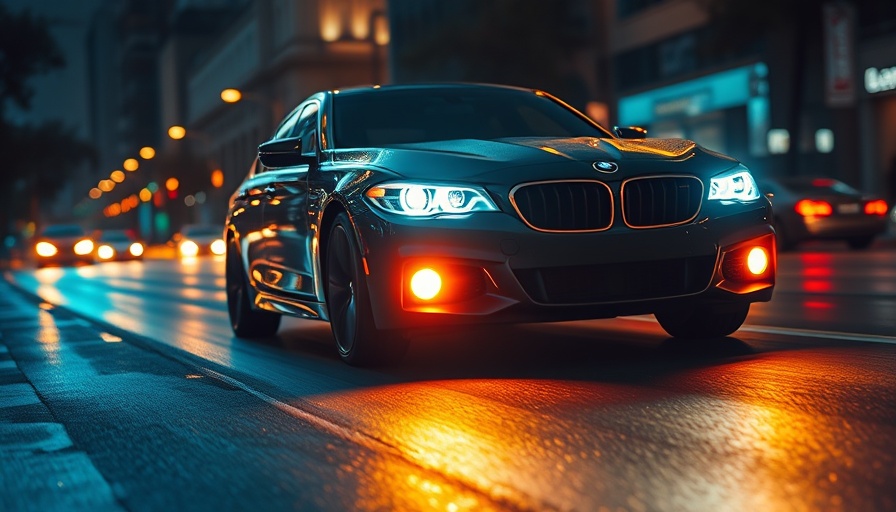
Understanding the End of the Manual Transmission Era
In the age of advanced automatic transmissions, the manual, or stick shift, is quickly becoming a relic of the past. Once the go-to choice for drivers, stick shifts now account for just 2% of car sales in the U.S. This drastic decline raises an important question: how did we arrive at this point?
The Surge of Automatics: Convenience Beats Control
As cars have evolved, automatic transmissions have not only improved in efficiency but have also outperformed manual options in speed and reliability. No longer cumbersome and inefficient, automatics can shift gears faster than even the most skilled drivers can with a stick shift, minimizing the driver’s involvement in gear management. This era of convenience has fundamentally changed consumer preferences. Fewer drivers are willing to sacrifice the ease of automatic gear shifting and the comfort of features like adaptive cruise control for the experience of driving a manual.
Shifting Gears: From Manufacturing to Electric Vehicles
The push towards electric vehicles (EVs) has further diminished the need for manual transmissions. EVs typically operate with a single gear and offer drivers immediate torque without the need for gear shifting, rendering the traditional advantages of manuals moot. As manufacturers streamline production costs and focus on electric models, the opportunity for offering manual transmissions continues to dwindle.
Rising Costs and Consumer Preferences
The economic viability of producing manual transmissions has also come into play. With automatics being more popular and efficient, many manufacturers no longer see a financial reason to invest in developing or maintaining manual options. This transition reflects consumer demand; today’s drivers prioritize convenience and simplicity over the driving engagement manual transmissions offer. As one expert remarked, the ongoing depreciation of manual transmissions is less about a shift in technology and more about a collective change in consumer behaviors and desires.
Driving Enthusiasts: A Fading Community?
While many drivers favor the convenience of automatics, a passionate community of enthusiasts remains devoted to stick shifts, cherishing the sense of control and engagement they provide. The thrill of downshifting on a winding road or executing a perfectly timed clutch kick can still allure a segment of drivers, especially those who enjoy motorsports or seek a unique driving experience. Yet, as the availability of new manual cars declines, this community may face a dwindling future.
Conclusion: The Future of Manual Transmissions
The narrative surrounding manual transmissions is complex: a beloved feature waning in a world of innovation. With automatics taking the vast majority of market share and the rise of electrification, the days of the manual are numbered. For many enthusiasts, the charm of a manual transmission will always hold a special place. However, as our roads evolve towards efficiency and automation, it remains to be seen if the stick shift will endure as a symbol of driving passion or fade away into the annals of automotive history.
As we embrace the future of driving, it's crucial to appreciate the past. Whether you're a seasoned driver fond of the stick shift or someone who revels in the ease of modern automatics, understanding the evolution of transmission technology is essential to grasping our automotive present and anticipating the future.
 Add Row
Add Row  Add
Add 




Write A Comment